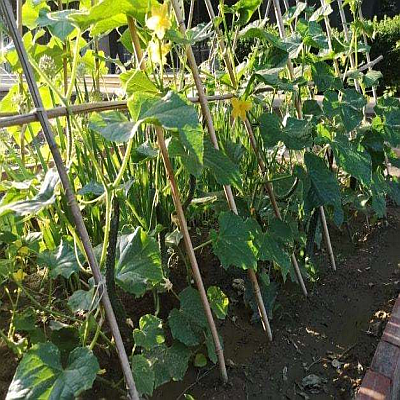4-chlorophenoxyacetic acid is white acicular or prismatic crystal with slight phenolic taste. It is soluble in water, stable in nature, and will not deteriorate after long-term storage. After acidification, p-chlorophenoxyacetic acid is generated, which is soluble in organic solvents such as ether and ethanol. 4-chlorophenoxyacetic acid is an intermediate of central nervous stimulant meclofenac, which was originally used for plant growth regulation. 4-chlorophenoxyacetic acid can promote biosynthesis and biological transfer in plants. It can not only prevent flower and fruit falling, improve fruit yield, improve fruit growth rate and promote early ripening, but also improve plant quality. At the same time, it also has the function of herbicide.
4-chlorophenoxyacetic acid belongs to auxin class, which can promote growth, prevent abscission formation and promote fruit setting. It is also a kind of plant growth regulator. It can induce parthenocarpy. After application, it is safer than 2,4-D and less prone to drug damage. 4-chlorophenoxyacetic acid can be absorbed by rhizomes, flowers and fruits, and its biological activity lasts for a long time. Jufeng grape is sensitive to it and should not be sprayed on the leaf. 4-chlorophenoxyacetic acid can promote crop fruit setting and increase crop yield; At the same time, it can induce parthenocarpy. After using 4-chlorophenoxyacetic acid, some fruits will reduce the amount of seeds. Since 4-chlorophenoxyacetic acid is safer than 2,4-D after use, it is not easy to cause drug damage. It is widely used in protected vegetables. However, vegetable farmers often abuse 4-chlorophenoxyacetic acid in production, resulting in serious deformation of pepper and tomato leaves, unable to blossom and bear fruit normally, and mistakenly regard 4-chlorophenoxyacetic acid poisoning as mite and virus disease, delaying time, resulting in reduced production and poor harvest.
Specific methods for use of 4-chlorophenoxyacetic acid:
Eggplant flower point, when the eggplant flower is half open, use the concentration of 25-30 mg / L flower point; Tomatoes are dotted or sprayed. In the morning of the day of flowering, 4-chlorophenoxyacetic acid with a concentration of 25-30 mg / l was used to dot or spray flowers; When spraying, the amount of fruit per panicle shall not exceed 0.3 ml; In general, 4-chlorophenoxyacetic acid is not recommended for pepper.
Precautions: fixed point spray (only spray flowers instead of stems and leaves). You can clamp the inflorescence with one hand wearing rubber gloves and spray for a long time. It is easy to choose the morning or evening. Spraying flowers under high temperature, hot sun or cloudy and rainy days is easy to cause drug damage. It is dissolved with alcohol. When using pure 4-chlorophenoxyacetic acid, dissolve it with alcohol or high concentration of liquor, and then add water to the required concentration. The toxicity is relieved. Once poisoning occurs, it is immediately cured That is, spraying amino acid foliar fertilizer to alleviate and promote its normal growth as soon as possible.
Post time: Dec-22-2021

